How Does Deep Water Culture (DWC) Hydroponics Work?
I get commissions for purchases made through links in this post. View our Affiliate Disclaimer.
One of the most popular hydroponic techniques is Deep Water Culture (DWC) hydroponics, which involves growing plants in a nutrient-rich water solution without any soil or growing medium. How does this hydroponics growing system work, and is it the right system for you to grow food at home?
Deep water culture, or DWC hydroponics, is a growing system where the plants are suspended above the nutrient solution, so the plant’s roots dangle directly in the nutrient solution. This is one of the simplest hydroponic systems to implement and requires minimal support from technology.
We will explore how DWC hydroponics works and how to set up and maintain a DWC hydroponic system. We will consider the advantages and downsides of this technique and its potential for use in homesteading and growing your own food at home.
What Are The Principles Of Deep Water Culture Hydroponics?
DWC hydroponics is favored for its ability to produce high yields of healthy plants in a small space, making it a popular choice for urban farmers, commercial growers, and home gardeners.
The basic explanation of a Deep Water Culture Hydroponics System is that the plants are suspended directly in nutrient-rich water.
This system has some nuances, such as leaving air space for the roots or aerating the nutrient solution, but we will get to those aspects as we investigate deeper into this growing system.
DWC hydroponics systems are popular because of their simplicity, and there is limited reliance on mechanical components.
Let’s examine the components that make up a DWC hydroponics system, which will give you an idea of how this system works.
Components Of A DWC Hydroponic System
A DWC hydroponic system typically consists of several key components that work together to create an optimal plant-growing environment.
The main components you need for a DWC system as are as follows.
- A reservoir. The reservoir is the container that holds the nutrient-rich water solution. It can be made of plastic, glass, or any other non-toxic material that can hold water without leaching harmful chemicals. The size of the reservoir will depend on the number and size of plants being grown.
- An air pump. An air pump is not completely necessary, but it does help to ensure that the water in the reservoir is well-oxygenated. The pump creates bubbles that provide oxygen to the roots of the plants and prevent them from drowning. It also helps to circulate the nutrient solution and prevent stagnant water.
- Net pots. Net pots are containers that hold the plants, and sometimes a support medium, and allow the plant roots to grow into the nutrient solution. They are usually made of plastic or mesh and placed in appropriately-sized holes drilled into the reservoir lid.
- Growing medium. Although DWC hydroponics does not require a growing medium, some growers use them to provide extra support for the plants. Popular growing mediums include perlite, vermiculite, and coconut coir.
- Nutrient solution. The nutrient solution is a mixture of water and plant nutrients that provide everything the plants need to grow. The solution should contain a balance of essential macro and micronutrients your plants need, such as nitrogen, phosphorus, potassium, calcium, magnesium, and iron.
By carefully selecting and maintaining these components, DWC hydroponics allows for a controlled environment that optimizes plant growth and yields.
The Mechanics Of How DWC Hydroponics Works
In DWC hydroponics, plants are grown directly in a nutrient-rich water solution. This system works by providing the necessary nutrients and oxygen to the roots of the plants through the water.
An air pump helps to oxygenate the water, preventing the roots from drowning and promoting healthy growth.
An air pump is not a requirement, but if you do not use an air pump, there must be an air gap between the bottom of the net pot and the surface of the nutrient solution to allow the roots to breathe. The longer roots of the plant will dangle directly in the nutrient solution.

The net pots hold the plants and allow their roots to grow into the nutrient solution. The growing medium provides additional support for the plants, although it is unnecessary for them to grow.
The nutrient solution is a crucial component of DWC hydroponics, providing everything the plants need to grow. You must ensure the nutrient solution is properly balanced to provide the right amounts of essential macro and micronutrients.
The pH level of the solution must also be carefully monitored and adjusted to ensure optimal plant growth.
One of the benefits of DWC hydroponics is that it promotes faster plant growth rates and increased yields. Because plants are constantly provided with nutrients and oxygen, they can grow faster than in soil.
Additionally, the controlled environment of a DWC hydroponic system allows the grower to optimize growing conditions and minimize waste, resulting in higher yields of healthy, vibrant plants.
Setting Up A DWC Hydroponic System
Setting up a DWC hydroponic system involves several steps, but it can be relatively straightforward with the right equipment and preparation. Here are the steps required to set up a DWC hydroponic system.
- Choosing the right reservoir. Select a large reservoir to accommodate the number and size of plants you plan to grow. Choose a material that is non-toxic and can hold water without leaching any harmful chemicals into the nutrient solution. A food-grade plastic is usually the ideal container to use as a reservoir.
- Select an appropriate air pump. Choose an air pump that is powerful enough to provide sufficient oxygen to the water in the reservoir. It should be able to circulate the water and prevent stagnation.
- Choose a growing medium. Although DWC hydroponics does not require a growing medium, I prefer to use one to provide extra support for the plants. Popular growing mediums include perlite, vermiculite, and coconut coir, but I generally use coconut coir or perlite because that is what I have readily available in my area.
- Prepare the nutrient solution. Prepare a nutrient solution properly balanced with the essential macro and micronutrients specific to the plants you want to grow. Each vegetable type has a different nutrient mix requirement. Ensure that the pH level of the solution is within the optimal tolerance range for your plants.
- Assemble the DWC hydroponic system. Place the air pump at the bottom of the reservoir and connect it to an air stone or diffuser. Position the net pots in the holes on the reservoir lid and fill them with the growing medium.
- Plant the plants. Place the plants in the net pots and fill the reservoir with the nutrient solution. Adjust the pH level of the solution as needed. I prefer to plant seedlings in my DWC systems rather than growing the plants from seeds directly in the system. This method simply gives me more control over the seed germination process.
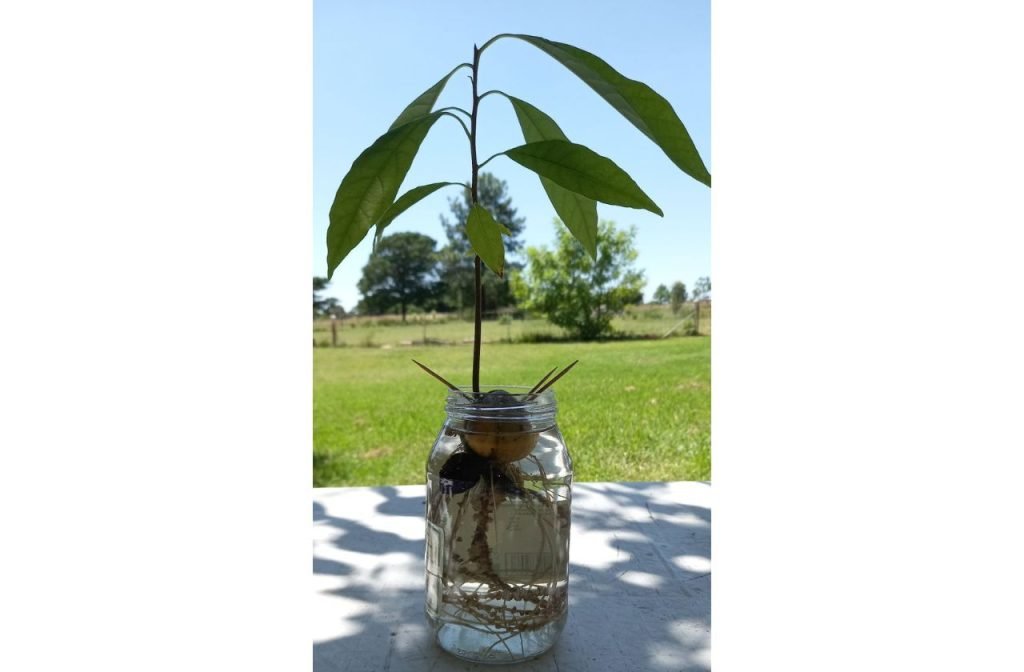
Once the DWC hydroponic system is set up, monitoring and maintaining it regularly is important to ensure optimal plant growth. This includes checking and adjusting the pH and nutrient levels, cleaning the system, and managing pests and diseases.
Maintaining A DWC Hydroponic System
Maintaining a DWC hydroponic system is critical to ensure optimal plant growth and yields. Maintenance is not difficult, but it must be regular to quickly determine when things are incorrect and take steps to fix the problem before it affects the plants.
Here are some steps I follow when maintaining my DWC hydroponics system.
- Check and adjust the pH levels. The pH level of the nutrient solution is critical for plant growth. Regularly check the pH level of the solution and adjust it as needed to ensure that it is within the optimal range for your plants.
- Check and adjust the nutrient levels. The nutrient levels in the solution should also be regularly monitored and adjusted to ensure that they are properly balanced with the essential macro and micronutrients your plants need.
- Clean the system regularly. Regularly clean the reservoir, air pump, and other system components to prevent the buildup of algae, bacteria, and other harmful organisms. This should be done every 6 to 8 weeks and will help to maintain a healthy growing environment for your plants.
- Monitor your plant growth. Keep an eye on the growth of your plants and adjust the system as needed to promote healthy growth. For example, you may need to adjust the height of the net pots or add more support if your plants are growing taller. You may also need to adjust the nutrient mix as the plant grows and begins to produce bloom and produce fruit.
- Manage pests and diseases. DWC hydroponics provides a controlled growing environment and is thus less likely to attract pests and diseases than traditional soil-based growing. However, it is still important to monitor your plants for signs of invasive pests and diseases and take action to address them promptly.
By following these monitoring steps and making adjustments as needed, you can create an optimal growing environment for your plants and enjoy the benefits of hydroponic gardening.
Advantages And Disadvantages Of DWC Hydroponics
DWC hydroponics offers several advantages and disadvantages over traditional soil-based growing. Understanding the benefits and limitations of DWC hydroponics will help you decide if this is the right growing system to grow healthy vegetables at home.
Advantages Of DWC Hydroponics
There are many different hydroponic systems, each with different advantages. The following are the main advantages of DWC hydroponic systems.
- Fast plant growth. DWC hydroponics promotes faster plant growth rates and higher yields than traditional soil-based growing.
- Efficient use of resources. Hydroponic systems use less water and nutrients than traditional soil-based growing, making them more efficient and environmentally friendly.
- Controlled environment. DWC hydroponic systems provide a controlled growing environment that can be optimized for the specific needs of your plants.
- Reduced risk of pests and diseases. Because DWC hydroponics provides a controlled growing environment, it is less likely to attract pests and diseases than traditional soil-based growing.
- Flexibility. DWC hydroponic systems can be set up indoors or outdoors, allowing you to grow plants year-round regardless of weather conditions.
- Not technology intensive. DWC hydroponics is not technology-intensive and does not require pumps or electricity unless you intend to use an air pump.
- Low cost. DWC hydroponics is one of the lowest-cost hydroponics systems to implement.
- Scalability. The system is scalable and can be set up on a small scale for limited space or a larger scale for high-density growing.
Disadvantages Of DWC Hydroponics
Every hydroponic system has some drawbacks to consider, and some of these negatives may convince you that DWC hydroponics is not the right system for you to use to grow your own food at home.
- Requires regular maintenance. DWC hydroponic systems require regular monitoring and maintenance to ensure optimal plant growth. I recommend daily monitoring of nutrient solution levels, nutrient density, and pH levels.
- Knowledge and expertise are required. Successfully growing plants in a DWC hydroponic system requires some knowledge and expertise in hydroponic principles, but it is not as complicated as other growing systems.
- Not all plants thrive in this system. While many vegetable plants can be grown in DWC hydroponics, it is not suitable for all types.
- Plants must be grouped according to their growing requirements. The plants you grow in a single system must have similar nutrient requirements for all the plants to thrive.
Is DWC Hydroponics A Good Choice For Homesteaders?
Hydroponic gardening has become increasingly popular among homesteaders looking to grow their own fresh produce. Deep Water Culture (DWC) hydroponics is a method that can benefit homesteaders who live off the grid and have limited electricity resources.
Advantages Of DWC Hydroponics For Homesteaders
In a homesteading context, DWC hydroponic system can have several advantages, which include the following.
- Space efficiency. DWC hydroponics is a great choice for homesteaders with limited space. This method of hydroponic gardening requires much less space than traditional soil-based gardening and is scalable according to your space limitations.
- Water efficiency. Homesteaders who rely on well water or rainwater collection can benefit from DWC hydroponics, as it uses much less water than traditional gardening.
- Year-round food production. DWC hydroponics allows homesteaders to grow fresh produce year-round, regardless of weather conditions.
- Reduced risk of pests and diseases resulting in crop failure. DWC hydroponic systems provide a controlled growing environment less likely to attract pests and diseases, reducing the possibility of losing your crop, which could be a problem if you rely on your vegetable crop to feed your family.
Challenges Of DWC Hydroponics For Homesteaders
DWC hydroponics systems are not perfect, but no gardening method can provide all the solutions to growing your own food. For this reason, many homesteaders, including myself, use multiple methods that complement each other and allow a diversity of food production.
- DWC hydroponics is not suitable for all vegetable types. Many plant types can be grown in a DWC system, but it has limitations for growing. Root crops and ground spreading vines such as pumpkin, squash, and melons.
- Disease can spread fast. While the system reduces the risk of disease in your plants, if a disease does take hold, it will spread quickly throughout all the plants in the DWC system.
- Specialized monitoring tools are needed. Monitoring a DWC hydroponics system needs specialized equipment, such as a pH meter and a TDS meter, which may be difficult to source in remote locations.
Many of these difficulties are not hard to overcome for most homesteaders, which is why many adopt the DWC system as a viable system to grow certain food plants.
What Are The Best Vegetables To Grow In DWC Hydroponics?
Many vegetables can be grown in DWC hydroponics systems, and I have listed a few to get you started. The vegetables and herbs in my list are, in my experience, easy to grow in a basic DWC hydroponic system.
I have also listed the required pH for each type of plant so you can easily group plants with similar needs in the same growing system.
- Lettuce. Lettuce is a popular choice for hydroponic gardening, including DWC systems. It grows quickly and is easy to harvest, making it an ideal crop for beginner hydroponic gardeners. The best pH range for growing lettuce is between 5.5 and 6.0.
- Spinach. Spinach is another popular leafy green that thrives in hydroponic systems. It has a short growth cycle and is packed with nutrients and a pH requirement of between 6.5 and 8.0
- Kale. Kale is a hardy plant that can handle a variety of growing conditions, making it well-suited for hydroponic gardening. It is high in nutrients and is a versatile ingredient in many dishes. The pH range for growing kale is 6.0 to 7.5.
- Tomatoes. Tomatoes are a popular vegetable that can be grown successfully in DWC hydroponics. They require a bit more care than leafy greens, but the payoff is delicious fresh tomatoes. Choose a smaller, determinate tomato variety or bush tomato; otherwise, you will need to stake the plant for support as it as it grows. Tomatoes prefer a pH between 6.2 and 6.8.
- Broccoli. A nutritious vegetable high in vitamins C and K, broccoli can be grown in DWC hydroponics. It requires high phosphorus levels and a pH level between 6.0 and 7.0.
- Green onions. Also known as scallions, green onions are a flavorful addition to salads and cooked dishes. They can be grown in DWC hydroponics and require high nitrogen and pH levels between 6.0 and 7.0.
- Peppers. A popular vegetable for home gardeners, peppers can also be grown in DWC hydroponics. They require high potassium levels and a pH level between 5.5 and 6.5.
Don’t let this list limit you from experimenting with other vegetable types, but you can get some experience with these easy-to-grow options before you try more challenging plants.
Conclusion
DWC hydroponics is a highly efficient and effective plant-growing method in a controlled environment. This gardening method promotes faster plant growth rates, higher yields, and a reduced risk of pests and diseases.
The benefits of DWC hydroponic gardening make it a worthwhile undertaking for many growers. Whether you are an experienced gardener or new to hydroponics, DWC hydroponics offers a sustainable and innovative way to grow healthy, vibrant plants and vegetables year-round.
Get more posts like this
Subscribe to our mailing list and get interesting homesteading and green living info and updates to your email inbox.
Thank you for subscribing.
Something went wrong.



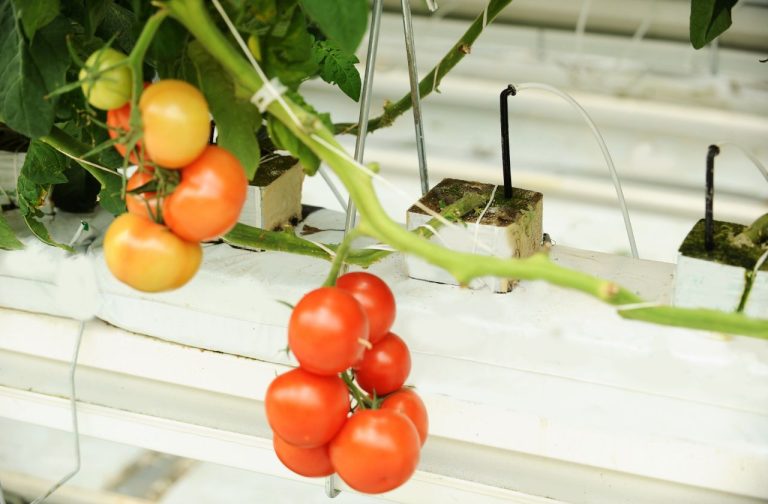

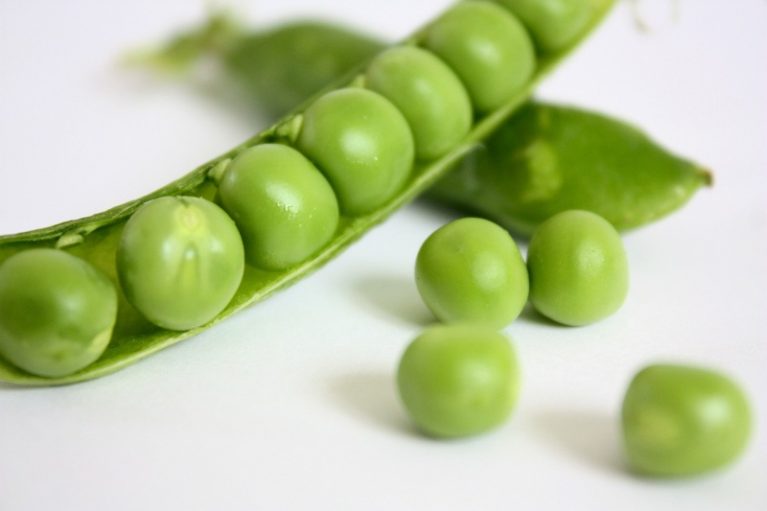
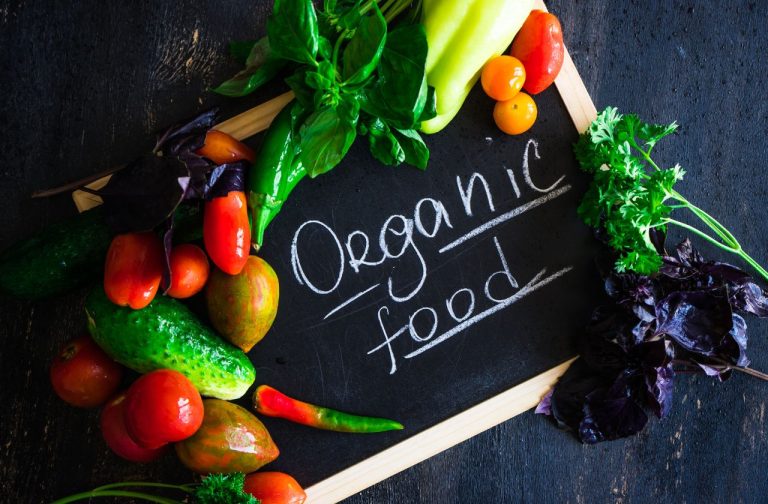
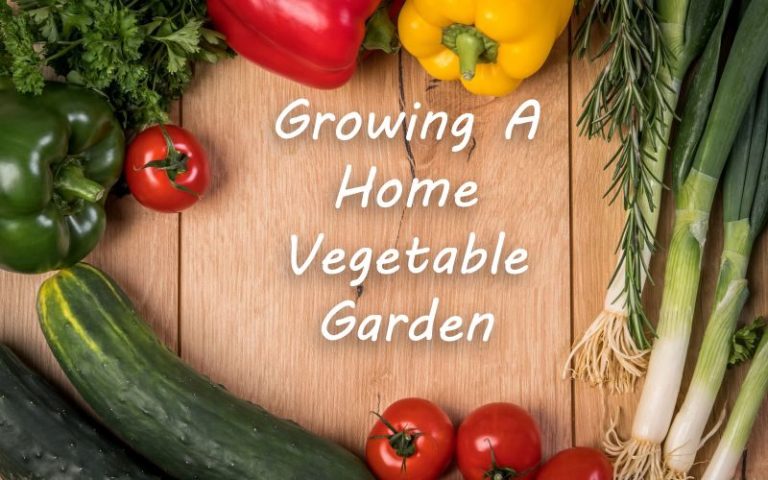
Great article